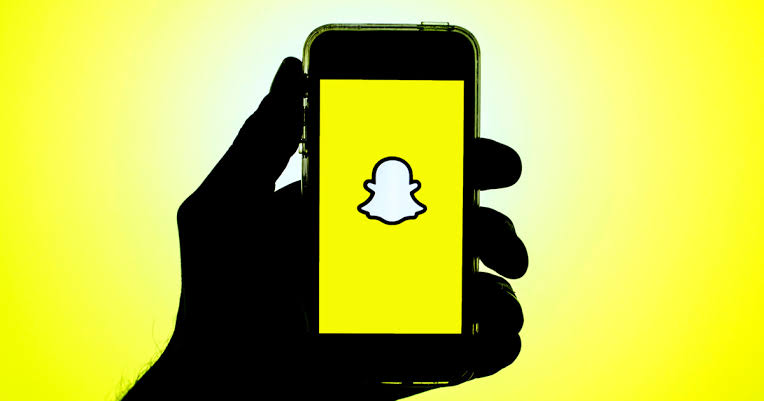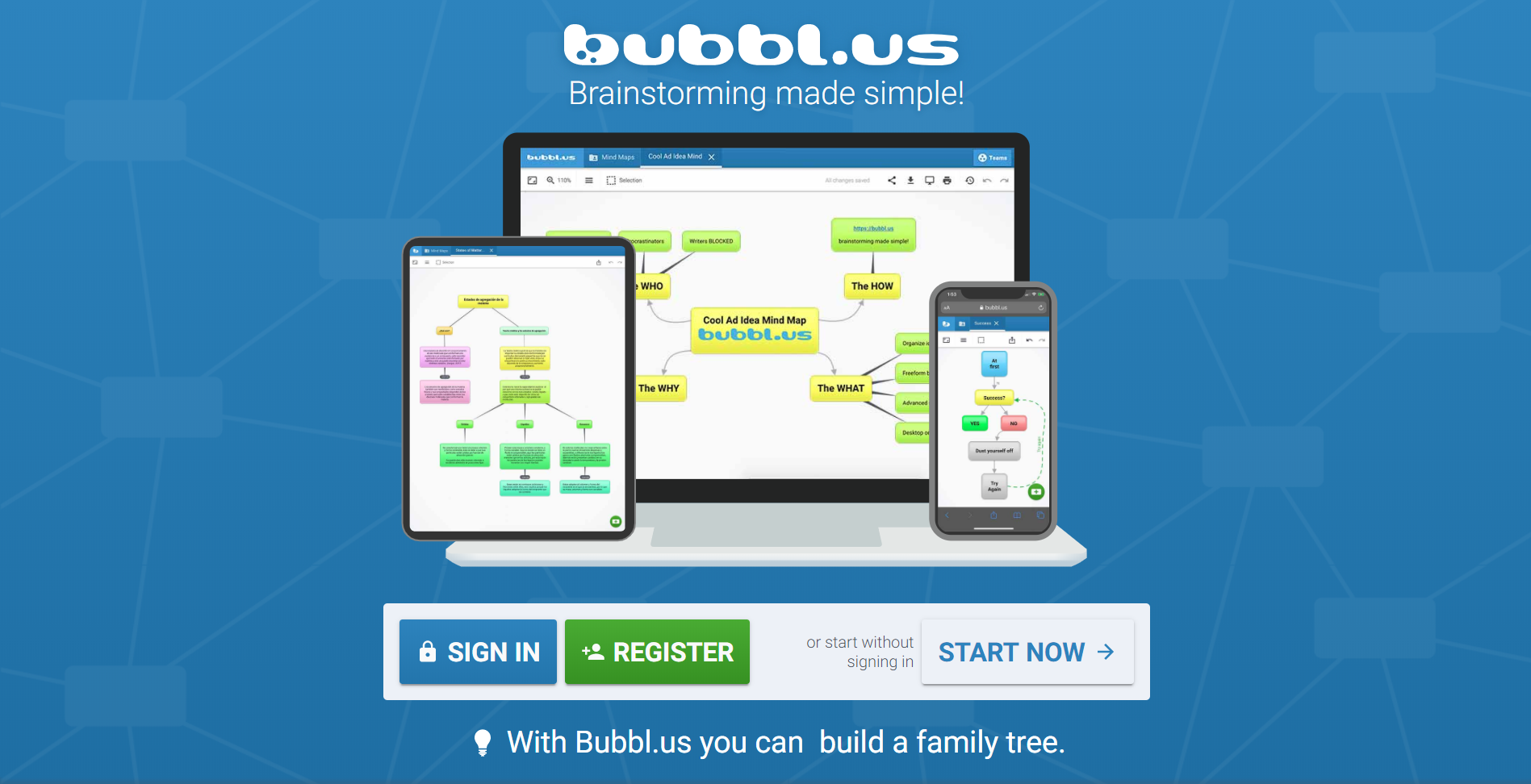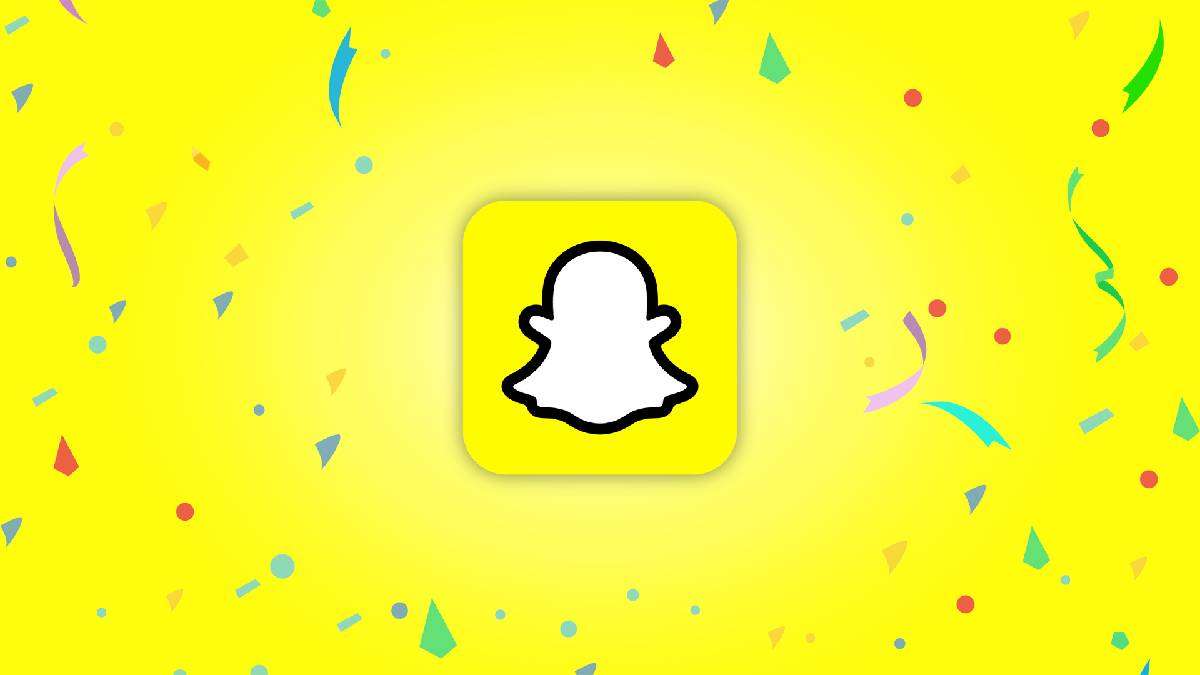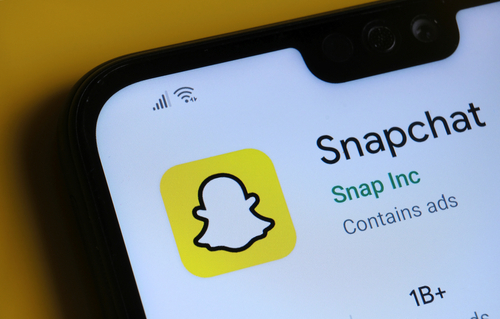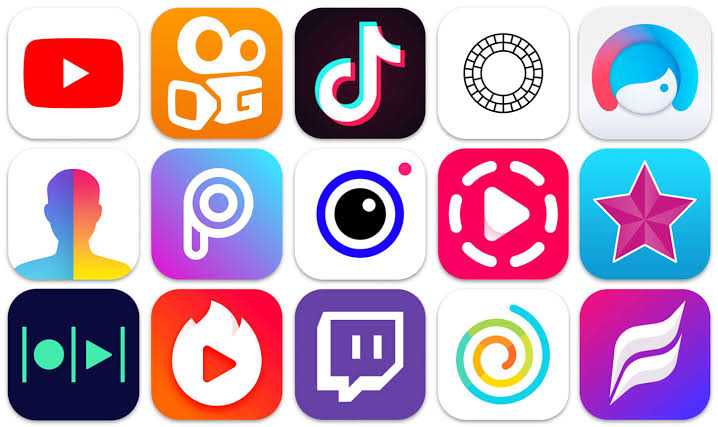Snapchat has announced an exciting update today. Instead of the previous 24-hour auto-delete setting, users can retain chat messages for up to seven days. This change aims to enhance user experience by providing more conversation management flexibility.
A new direction for messaging
Bobby Murphy, Reggie Brown, and Evan Spiegel established Snapchat in 2011. The application gained popularity due to its distinctive messaging system, which involves messages disappearing after they have been viewed.
Read also: Snapchat allows parents to track teens with new location-sharing feature
This design aimed to mimic real-life conversations where not everything is saved. However, as users’ needs have changed, many have expressed a desire for longer message retention.
This new update allows users to keep specific conversations for up to a week. If you want to refer back to a chat later, you can do so without worrying about it disappearing after a day.
Snap stated, “We’re constantly listening to and learning from Snapchatters… we hope this provides even more flexibility and control.”
Balancing privacy and convenience
This update is part of Snapchat’s effort to attract more users, especially those who might prefer features found in other messaging apps like iMessage or WhatsApp.
Read also: Snapchat plans to introduce watermarks to AI-Generated image
Snap aims to remain competitive in the messaging market by offering features that appeal to a broader audience. They mentioned, “With more people using Snapchat as their key messaging platform… we want to enhance its appeal.”
While some long-time users are concerned that this change could diminish Snapchat’s unique identity, the company assures users that chats will still be deleted automatically unless they choose to keep them. This way, Snapchat aims to maintain its core values of privacy and spontaneity while adapting to what users want.
